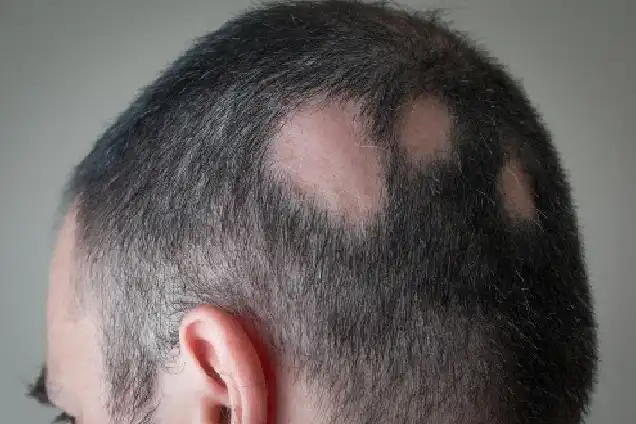
Alopecia areata is an autoimmune condition that causes sudden, patchy hair loss on the scalp, face, and sometimes other areas of the body including eyebrows, eyelashes, under arms and private parts. It occurs when the immune system mistakenly attacks hair follicles, leading to hair loss. The extent of hair loss varies, and in some cases, it can progress to complete baldness. It can cause immense psychosocial disturbances.
Patient presents to us Patchy Hair Loss, Sudden, round to polygonal bald patches on the scalp, beard, eyebrows, or other body parts.
Alopecia areata can be unpredictable, with cycles of hair loss and regrowth. While there is no cure, many treatments can help manage the condition and encourage hair regrowth. Consult our dermatologist at Subodha skin and cosmetic clinic, best dermatologists in Bengaluru for personalized treatment options and best results.